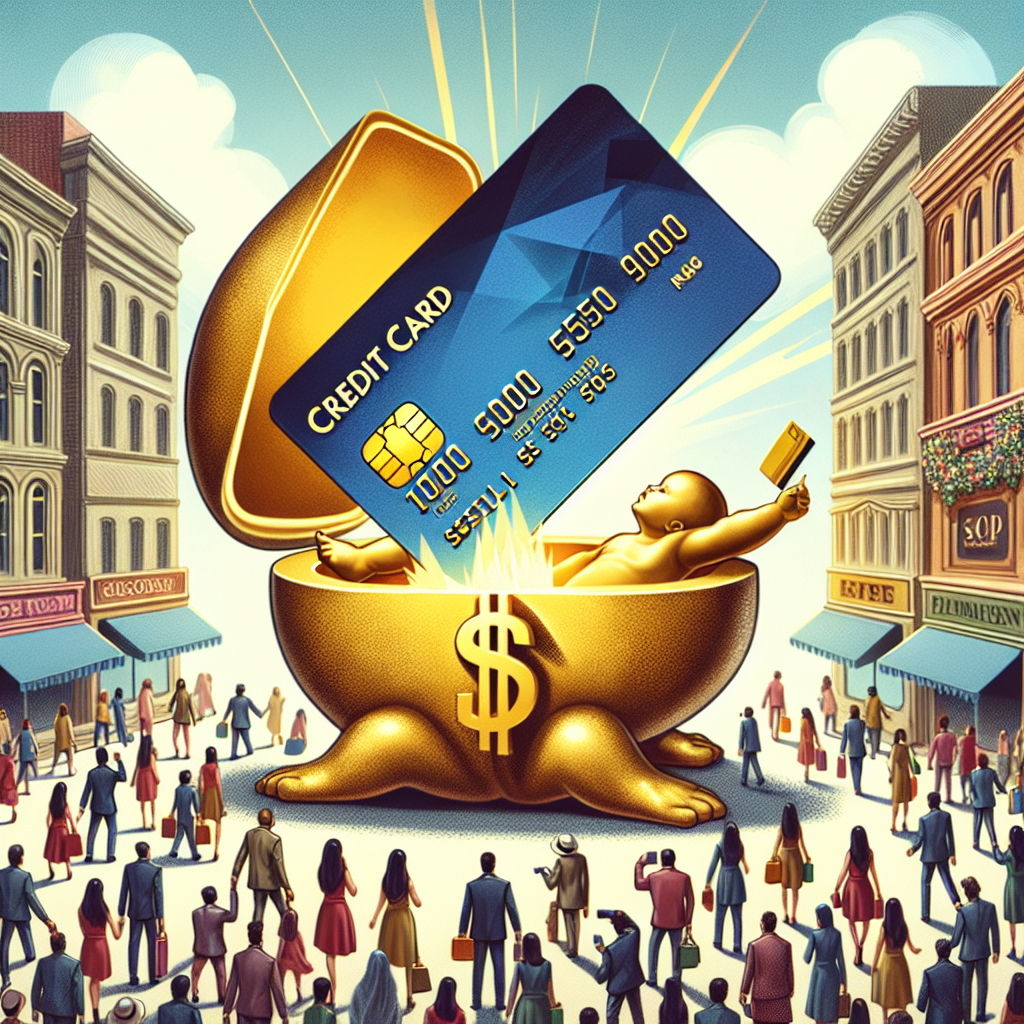The Birth of Credit Cards: Revolutionizing Consumer Spending
In the realm of financial innovation, few inventions have had as profound an impact on consumer behavior as the credit card. From its humble beginnings to its current ubiquity, the story of credit cards is a tale of ingenuity, convenience, and, let’s face it, the occasional impulse purchase. Buckle up as we take a dive into the fascinating journey of the birth of credit cards and their role in revolutionizing consumer spending.
The Dawn of Credit: A Glimpse into History
To understand the revolution that credit cards brought about, we first need to rewind to a time long before digital wallets and online shopping sprees. In the early 20th century, the concept of credit was not new. Local merchants often extended credit to trusted customers, allowing them to “buy now and pay later.” However, this system was far from streamlined and heavily dependent on personal relationships.
The Emergence of Charge Cards
The year was 1950, and the world was on the brink of a financial transformation. Enter Frank McNamara, a man who turned a moment of embarrassment into a billion-dollar idea. The story goes that McNamara forgot his wallet while dining out, a situation we’ve all dreaded at some point. This incident spurred the creation of the Diners Club Card – the first charge card that allowed customers to pay for meals without cash.
The Diners Club Card enabled users to enjoy their meals and pay the bill later. While it started as a card accepted by a select group of restaurants in New York City, it rapidly gained popularity and expanded its reach.
The Birth of the Modern Credit Card
While the Diners Club Card was groundbreaking, it wasn’t quite a credit card as we know it today. For that, we fast-forward to 1958 when the Bank of America launched the BankAmericard in Fresno, California. For historians and financial buffs, this is considered the true birth of the modern credit card.
The BankAmericard represented a quantum leap – a revolving credit card system that allowed users to make purchases, receive a monthly statement, and choose to pay the balance either partially or in full, incurring interest on the unpaid balance. This innovation gave rise to the credit card industry as we know it today.
The Credit Card Boom
If you’re shaking your head wondering how we got from the BankAmericard to the sleek, chip-enabled cards in your wallet, brace yourself for a whirlwind decade. The 1960s and 1970s saw fierce competition among banks to gain market share, leading to the proliferation of credit cards across the United States and beyond. Here’s how the industry evolved:
- 1966: The establishment of the Interbank Card Association, later rebranded as MasterCard, allowed for a greater network of financial institutions to issue credit cards.
- 1976: The BankAmericard was renamed Visa, laying the groundwork for a global credit card network.
- 1980s and beyond: Technological advancements enabled the introduction of magnetic stripes, and eventually EMV chips, improving security and ease of use.
The Impact on Consumer Behavior
The introduction of credit cards didn’t just change how people paid for goods and services; it fundamentally altered consumer behavior. Here’s how:
- Increased Spending: With the ability to buy now and pay later, consumers were more likely to make larger purchases or buy items they might otherwise skip.
- Convenience: Gone were the days of carrying cash. Credit cards made transactions quicker and more convenient.
- Building Credit: Responsible use of credit cards allowed consumers to build a credit history, granting access to loans and other financial products.
The Digital Age: A New Era for Credit Cards
Fast forward to the 21st century, where credit cards have seamlessly integrated with digital technologies. The rise of online shopping, digital wallets, and contactless payments further cemented the credit card’s role in the global economy.
From chip technology to mobile payments, credit cards have continually evolved to meet the changing needs of consumers. Today, they are central to the way we conduct transactions, whether it’s in-store, online, or through mobile apps.
Conclusion: The Ever-Evolving Landscape of Credit Cards
The journey of credit cards is a testament to human ingenuity and the desire for convenience. From Frank McNamara’s moment of inspiration to the digital innovations of today, credit cards have revolutionized consumer spending and transformed the global economy. As we look to the future, one can only imagine the next evolutionary leap in this ever-changing financial landscape. Until then, happy swiping!
And remember, with great power (of credit), comes great responsibility. Spend wisely!
